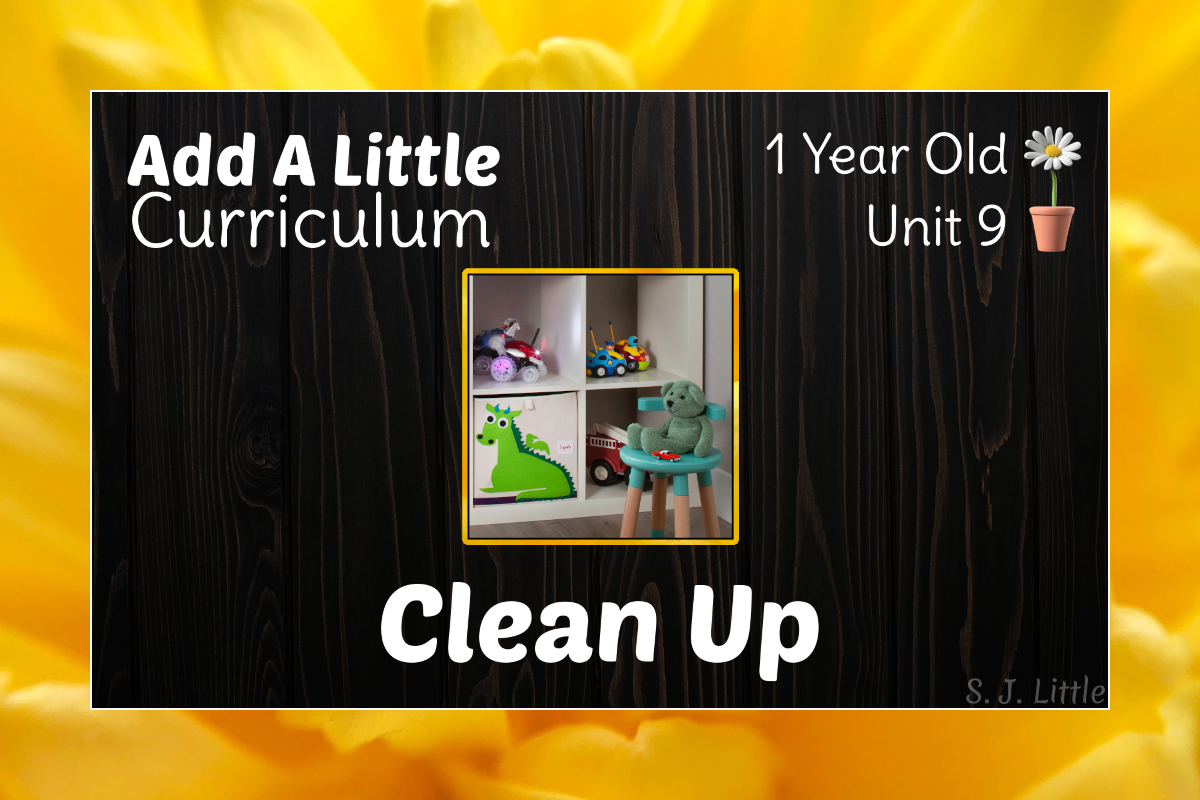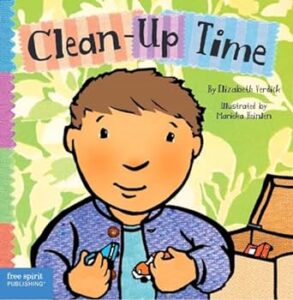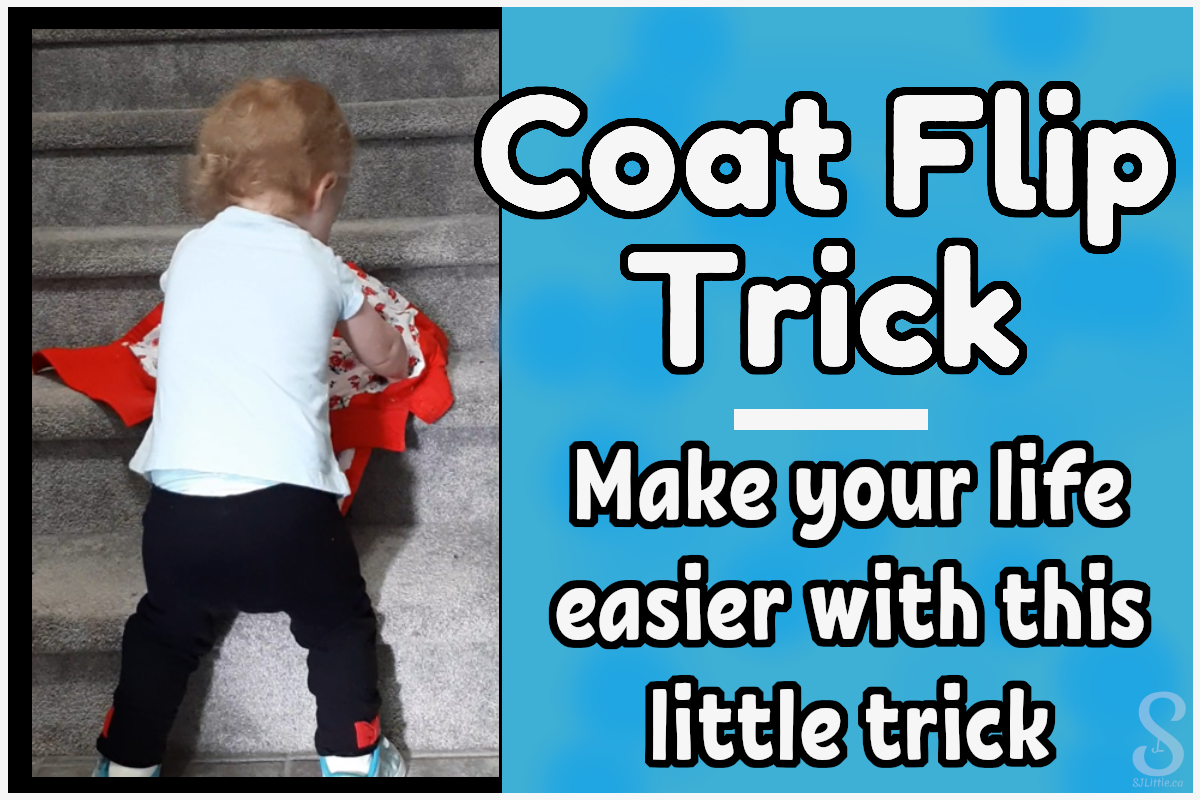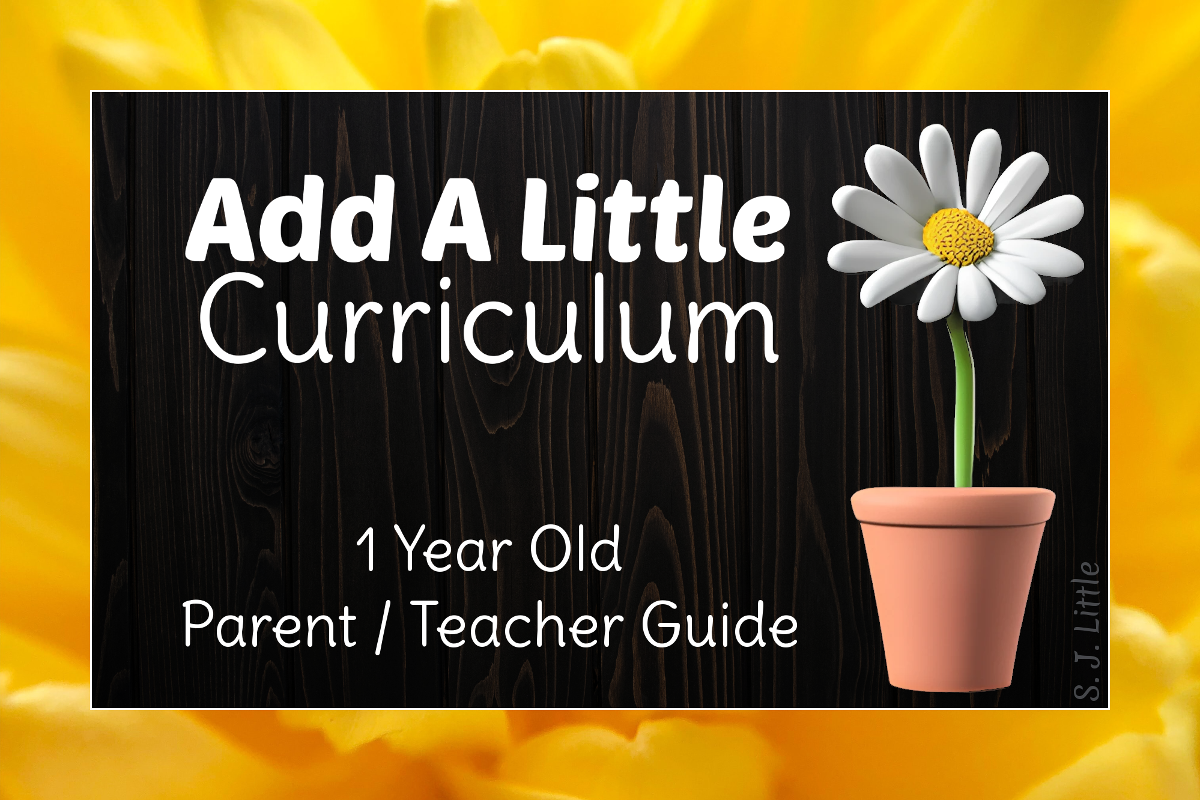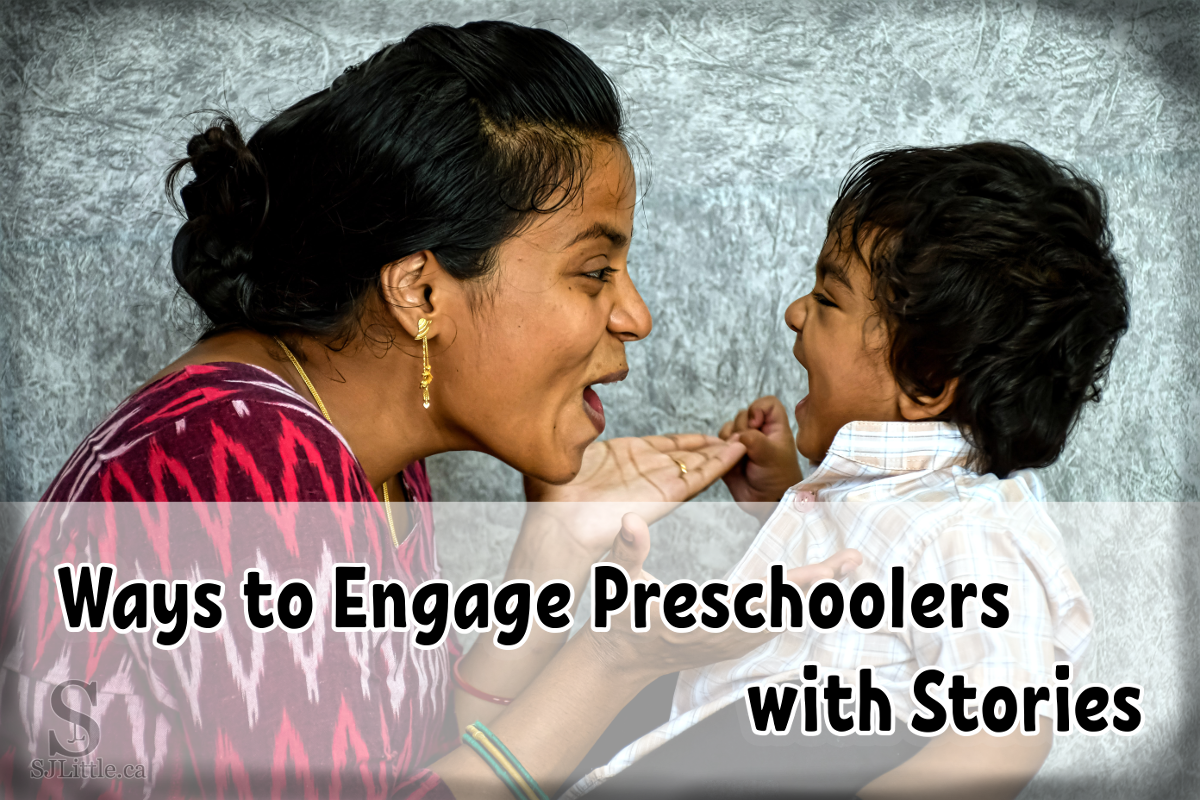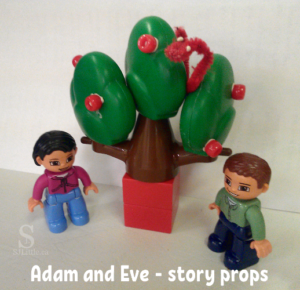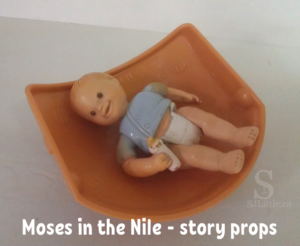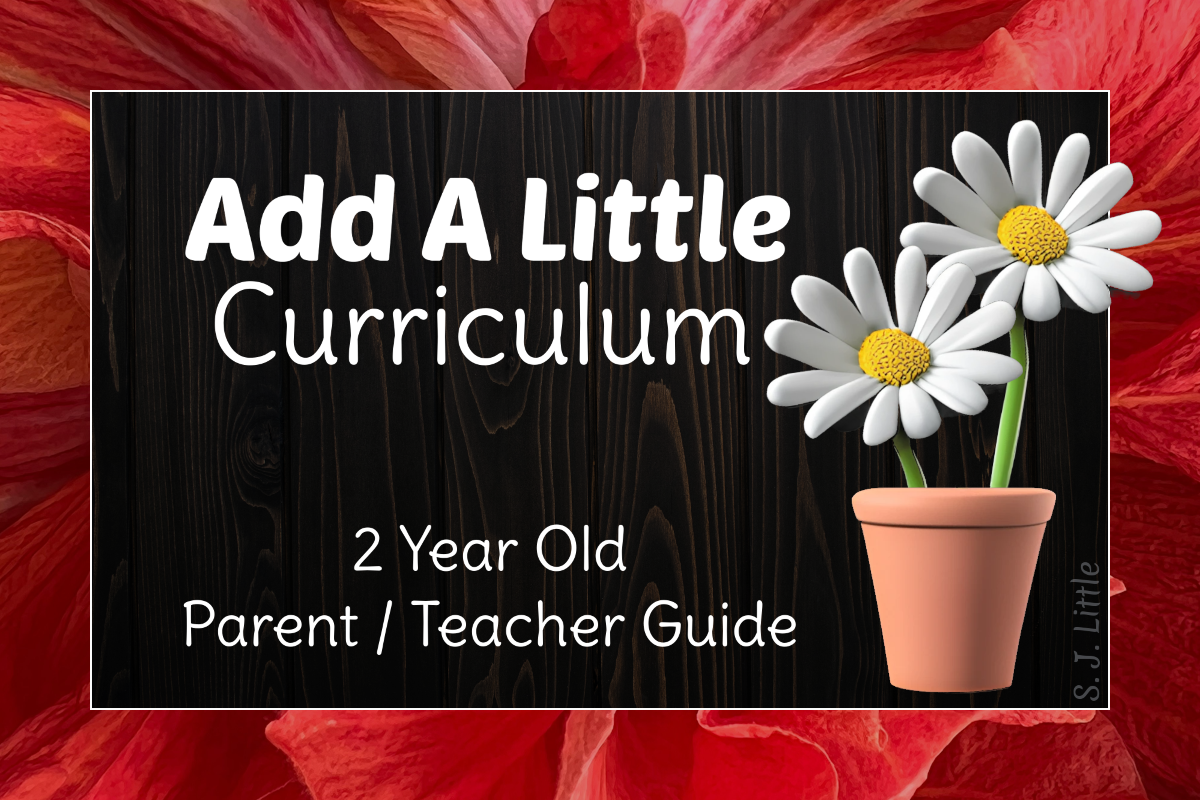
Add A Little – 2 Year Old Curriculum – Intro
Parent / Teacher Guide
Intro
Why name a curriculum “Add A Little”? Because that’s exactly what this curriculum is designed to do – add a little enhancement to your child’s development by providing ideas and activities for you to do with them. This light curriculum was developed with the busy parent or caretaker in mind.
Activities For 2 Year Olds
2 year olds need free play. They can also be learning to follow simple instructions. You’ll find a bit of both in Add A Little (AAL). Most of the activities have been kept simple with little prep needed and using supplies you may already have on hand. With one unit each month, this curriculum is designed to add a developmental boost to your child(ren)’s life without overwhelming you.
Check out the Tips for Success below.
Table of Contents
Each Unit Includes:
- Fun Theme
- Developmental Focus
- Muscle Moving
- Brain Boosting
- Let’s Sing
- Let’s Read
- Let’s Sing A Christian Song
- Let’s Read A Bible Story
Supplies Needed
Tips For Success When Using Add A Little Curriculum
Disclaimer
Units
Helpful Links
Each Unit Includes:
Fun Theme
Every unit has an engaging theme selected specifically with a 2 year old’s development in mind.
Developmental Focus
Each unit targets an area of learning and growth.
Muscle Moving
Being up and active is incredibly valuable for 2 year olds. Not only will they strengthen their muscles, but studies have shown that movement is important for overall brain development as well.
Brain Boosting
Under this heading you will find activities engaging various areas of the brain, whether that be hand-eye coordination, using the 5 senses, or more academic and STEM related activities.
Let’s Sing
Singing and music are highly beneficial for overall child development. That’s why every unit includes a simple fun song for you to sing with your child(ren).
Want more songs or don’t like a suggested song? Check out this list of Simple Preschool Songs: https://sjlittle.ca/preschool/big-list-of-simple-preschool-songs/
Let’s Read
Taking time to sit down and read with your child(ren) offers countless developmental benefits, sets them up with a lifelong love of reading, and is fun. Each unit includes a book suggestion that (mostly) lines up with the theme.
Also, check out my board, “Books for Toddlers and Preschoolers”: https://www.pinterest.ca/sjlittleauthor/books-for-preschoolers-and-toddlers/
Let’s Sing a Christian Song
The Christian elements of each unit are optional. They have been included since many of our subscribers appreciate them. However, you are free to skip them.
Want more Christian songs? Visit: https://sjlittle.ca/preschool/7-simple-christian-songs-for-preschoolers/
Let’s Read a Bible Story
Developing a love for God through reading the Bible is invaluable to the Christian life. To help you begin instilling truths about who God is in your child’s heart, every month will have a suggested Bible story. More specifically, every month will include a recommended chapter from the Beginner’s Bible. The Beginner’s Bible is widely available for purchase. If you already have a different Children’s Bible, you are welcome to use it to follow along instead.
For more information visit: https://www.thebeginnersbible.com/products/
Supplies Needed
AAL curriculum strives to be low hastle. Part of this is accomplished by using supplies you likely already have on hand. That said, for the 2 Year Old Add A Little Curriculum, among other things, you will need:
- Paper (coloured and white)
- Washable children’s paint
- Unused sponges
- Masking tape or other tape that can cleanly peel off walls and floors
- Crayons
- Recyclables such as cardboard boxes and various sizes of washed plastic yogurt or margarine containers, etc.
Tips For Success When Using Add A Little Curriculum
How do I get my child to participate in the activities?
-
Engage
- Two year olds love to play with you. If your child doesn’t immediately engage in an activity, sit down and do it yourself for a few minutes. Encourage your child to participate with you. Cheer them on when they do join in.
- If they still don’t want to join in, don’t sweat it. Put the activity aside and assess what their reason for not engaging might be (tired, hungry, feeling too wiggly, etc.). Try the activity again in a few days.
-
Adapt
- Every child is different. You know your circumstance and your child’s abilities and interests. Take a moment to consider the suggested activity, then adapt it to your own situation.
-
Repeat
- 2 year olds enjoy repeating activities until they have mastered them. While the Add A Little curriculum only provides two activities in each unit, these activities can be repeated several times throughout the month, and during the following months as well.
-
Less Is More
- Did you know that young children play better with less toys at a time? Try putting away most of their toys before attempting to engage them in a new activity. Putting most of their toys away also allows you to do toy rotation. If you haven’t tried toy rotation, read this article https://sjlittle.ca/preschool/toy-rotation/ . You’ll be amazed at the difference it makes to your child’s play.
Disclaimer
All activities require adult supervision and discretion.
Every aspect of the Add A Little Curriculum is suggested with the expectation that it will be done under adult supervision. Some activities include potential hazards. You and your child(ren) participate at your own discretion.
Every child, family, setting, and circumstance is different. Recommended tips and/or activities in this curriculum may work well for some children but not for others. Adult discretion is required. In some cases, you will need to adapt the curriculum to fit you and your child(ren)’s specific needs.
Units
Every month, one new unit is released. Here is a list of units that have already been released:
Want More?
Do you want to receive notification of each new unit of the Add A Little 2 Year Old Curriculum when it is released? Join S. J. Little’s preschool email list today.
Helpful Links
Smoother Transitions: https://sjlittle.ca/preschool/smoother-transitions/
Choosing Excellent Books https://sjlittle.ca/preschool/choosing-excellent-books-for-preschoolers/
Big List of Simple Preschool Songs https://sjlittle.ca/preschool/big-list-of-simple-preschool-songs/
Toy Rotation https://sjlittle.ca/preschool/toy-rotation/

